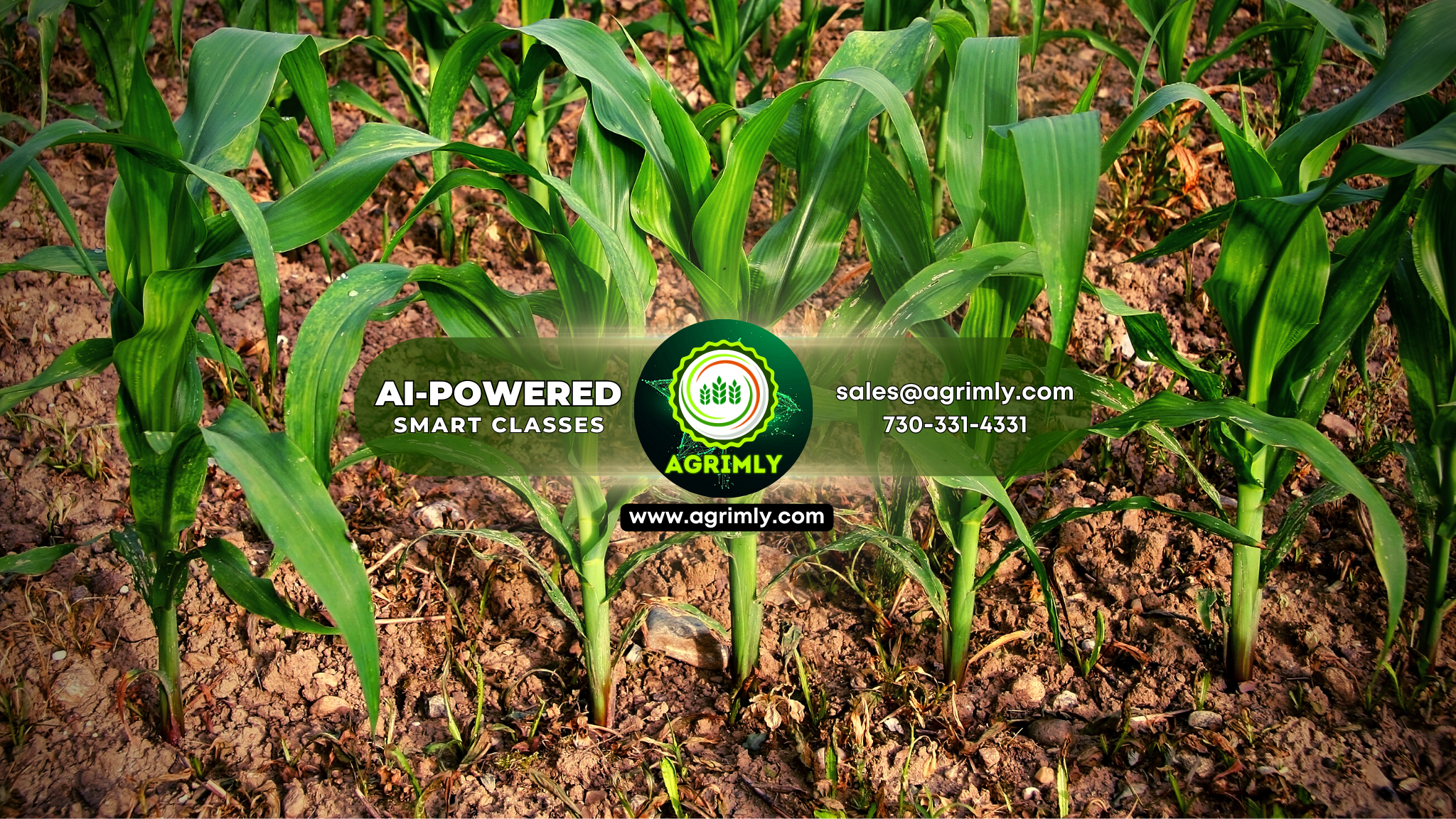Fundamentals of Plant Biochemistry and Biotechnology 3(2+1)
Theory
- Importance of Biochemistry.
- Properties of Water, pH and Buffer. Carbohydrate: Importance and classification.
- Structures of Monosaccharides, Reducing and oxidizing properties of Monosaccharides, Mutarotation;
- Structure of Disaccharides and Poly saccharides.
- Lipid: Importance and classification; Structures and properties of fatty acids; storage lipids and membrane lipids.
- Proteins: Importance of proteins and classification; Structures, titration and zwitterions nature of amino acids; Structural organization of proteins.
- Enzymes: General properties; Classification; Mechanism of action;
- Michaelis & Menten and Line Weaver Burk equation & plots;
- Introduction to allosteric enzymes.
- Nucleic acids: Importance and classification;
- Structure of Nucleotides, A, B & Z DNA;
- RNA: Types and Secondary & Tertiary structure.
- Metabolism of carbohydrates: Glycolysis, TCA cycle, Glyoxylate cycle, Electron transport chain.
- Metabolism of lipids: Beta oxidation, Biosynthesis of fatty acids.
- Concepts and applications of plant biotechnology: Scope, organ culture, embryo culture, cell suspension culture, callus culture, anther culture, pollen culture and ovule culture and their applications;
- Micro-propagation methods;
- Organogenesis and embryogenesis,
- Synthetic seeds and their significance;
- Embryo rescue and its significance;
- somatic hybridization and cybrids;
- Somaclonal variation and its use in crop improvement; cryo-preservation;
- Introduction to recombinant DNA methods: physical (Gene gun method), chemical (PEG mediated) and Agrobacterium mediated gene transfer methods;
- Transgenics and its importance in crop improvement;
- PCR techniques and its applications; RFLP, RAPD, SSR;
- Marker Assisted Breeding in crop improvement;
- Biotechnology regulations.
Practical
- Preparation of solution, pH & buffers, Qualitative tests of carbohydrates and amino acids.
- Quantitative estimation of glucose/ proteins.
- Titration methods for estimation of amino acids/lipids, Effect of pH, temperature and substrate concentration on enzyme action, Paper chromatography/ TLC demonstration for separation of amino acids/ Monosaccharides.
- Sterilization techniques.
- Composition of various tissue culture media and preparation of stock solutions for MS nutrient medium.
- Callus induction from various explants.
- Micro-propagation, hardening and acclimatization.
- Demonstration on isolation of DNA.
- Demonstration of gel electrophoresis techniques and DNA finger printing.


